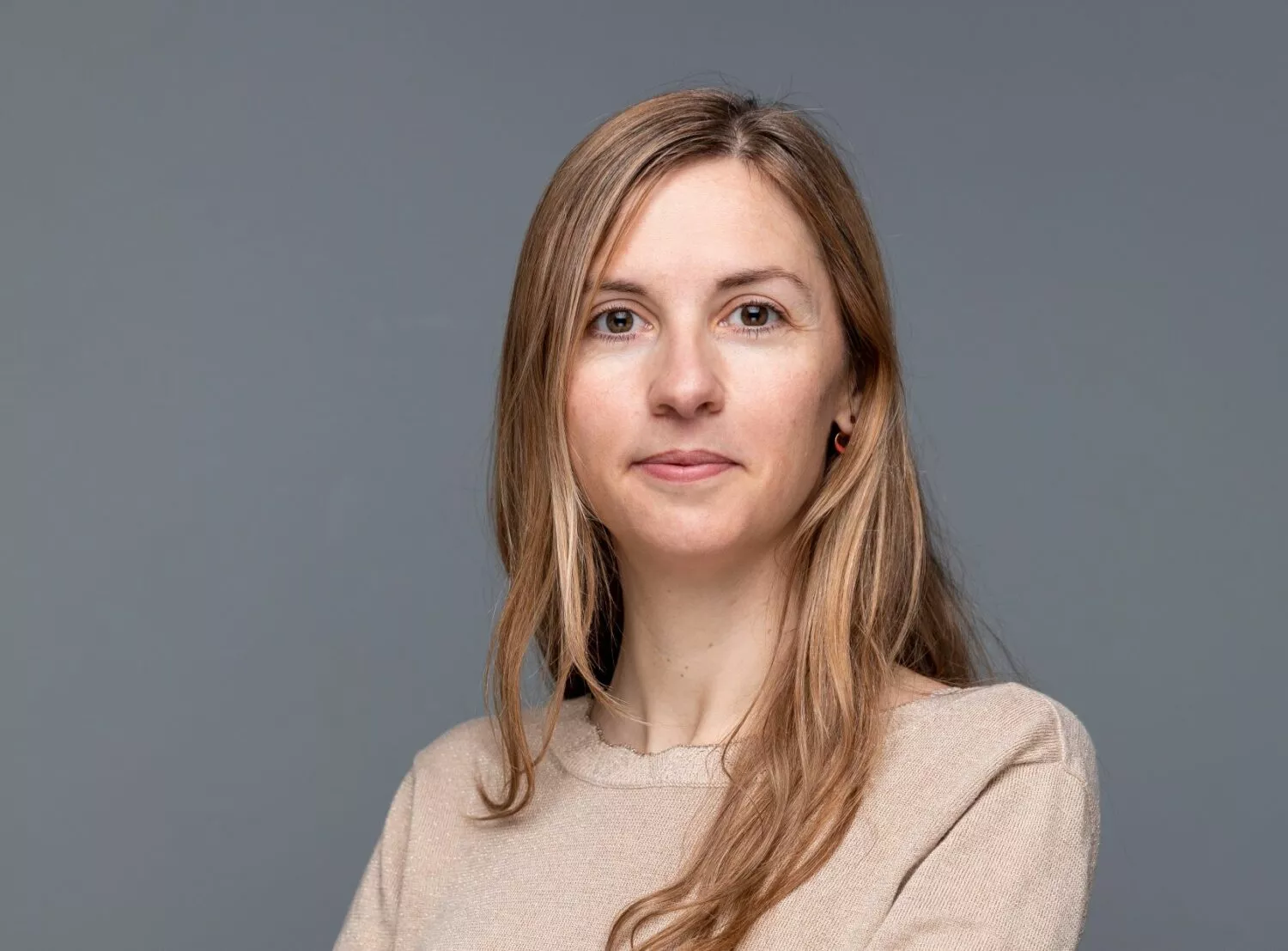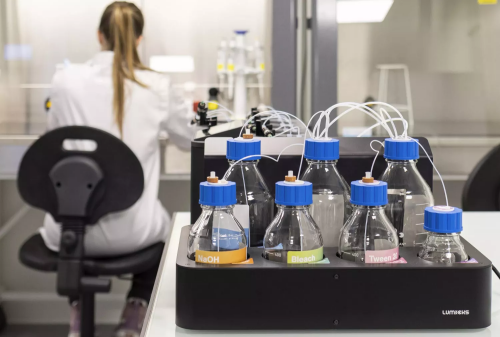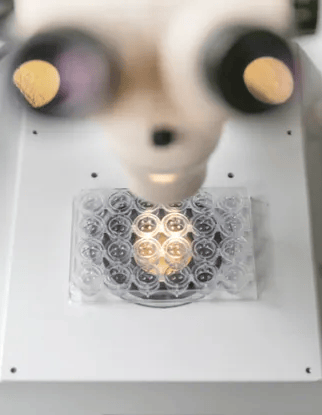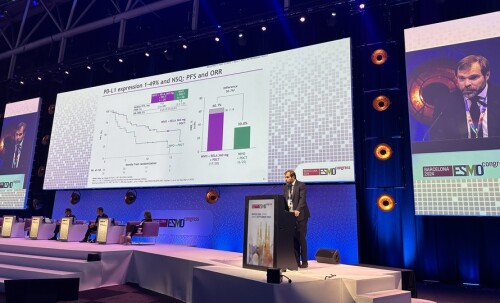
It was conducted by the “Stroma and immunity” team, headed by Dr. Hélène Salmon at Institut Curie, in the “Immunity and Cancer” unit (U932/Institut Curie/Inserm), conducted in close collaboration with the Icahn School of Medicine at Mount Sinai in New York. Their results, published in the journal Cancer Discovery, help explore new avenues for the development of targeted therapies to improve immunotherapy treatment.
Lung cancer is the leading cause of cancer death in France. Research and innovation to develop new therapeutic strategies are a priority of Institut Curie. Immunotherapy is one of the therapeutic strategies used to treat lung cancer. The challenge today is to make it more effective to benefit patients.
In our bodies, our cells are surrounded by what is known as stroma. Sometimes abnormal cells develop and form tumors. All the cells located in the stroma close to cancerous cells make up the tumor micro-environment. Among the stroma cells are fibroblasts, which, as their name suggests, secrete fibers. In some patients it has already been found that superimposed layers of fiber can encircle clusters of cancerous cells. This shell formed around the tumors makes them inaccessible to the immune system cells (T-cells) boosted by immunotherapy.
Identify, describe and target to better treat
In this study, the “Stroma and immunity” team at Institut Curie, led by Dr. Hélène Salmon[1], succeeded in identifying these fibers that wrap around tumors, based on work carried out at the Icahn School of Medicine at Mount Sinai in New York and on their human tumor samples, the center at which Dr. Salmon works and where she collaborates with Ephraim Kenigsberg, also co-senior author of the study. The study conducted on around fifty samples also helped characterize four families of cancer-associated fibroblasts (CAF). Among them, two are associated specifically with the exclusion of T-cells outside the cancer cell clusters. These CAF are cells that secrete fibers preventing the T-cells from acting.
The difficulty for the T-cells in accessing tumors is one of the main challenges in immunotherapy treatment. One of the aims of basic research is to find new targets to counter this phenomenon of exclusion.
The fibers are difficult to target since they are similar to the other fibers present in our body. Attacking them could lead to a risk of damage to healthy tissues. The results of this study therefore offer new hope in the development of therapeutic strategies that would target and directly modulate certain types of cancer-associated fibroblasts.
Although this study was carried out on samples of “non-small-cell” lung cancer samples, it is entirely possible that these fibroblasts could be found in other types of tumors. Other studies are being carried out at Institut Curie on fibroblasts, like the CASSIOPEIA project led by Dr. Fatima Mechta-Grigoriou, Inserm research director, with her “Stress and cancer” team (find out more). This project aims to improve treatment of patients suffering from triple-negative breast cancer.
“After 3 years of research, we now know about these fibrous cells that wrap around tumors, blocking access to them by T-cells. A better knowledge of the tumor micro-environment has enabled us to describe new families of fibroblasts, including two that are specifically associated with the exclusion of T-cells far from cancer cells. The description of these cells paves the way for new therapeutic solutions offering a new potential target to increase recruitment of T-cells, and thus improve clinical responses to immunotherapy treatments,” explains Hélène Salmon.
Additional resources: CASSIOPEIA project
[1] In the “Immunity and Cancer” unit (U932 - Institut Curie/Inserm) headed by Dr. Ana-Maria Lennon- Duménil.
|
Références John A. Grout, Philémon Sirven, Andrew M. Leader, Shrisha Maskey, Eglantine Hector, Isabelle Puisieux, Fiona Steffan, Evan Cheng, Navpreet Tung, Mathieu Maurin, Romain Vaineau, Léa Karpf, Martin Plaud, Anne-Laure Begue, Koushik Ganesh, Jeremy Mesple, Maria Casanova-Acebes, Alexandra Tabachnikova, Shilpa Keerthivasan, Alona Lansky, Jessica LeBérichel, Laura Walker, Adeeb H. Rahman, Sacha Gnjatic, Nicolas Girard, Marine Lefevre, Diane Damotte, Julien Adam, Jerome C. Martin, Andrea Wolf, Raja Flores, Mary Beth Beasley, Rachana Pradhan, Sören Müller, Thomas U. Marron, Shannon J. Turley, Miriam Merad, Ephraim Kenigsberg*, Hélène Salmon* (*co-senior authors) |



